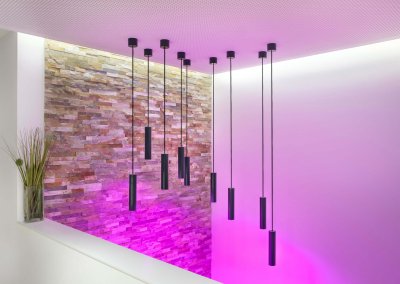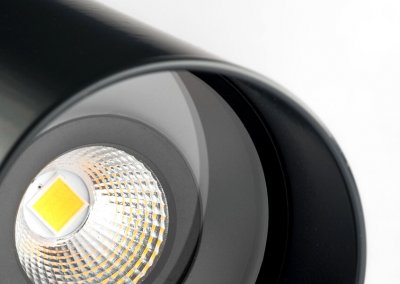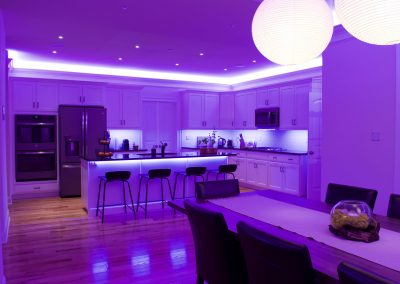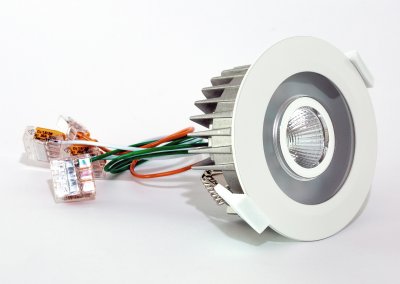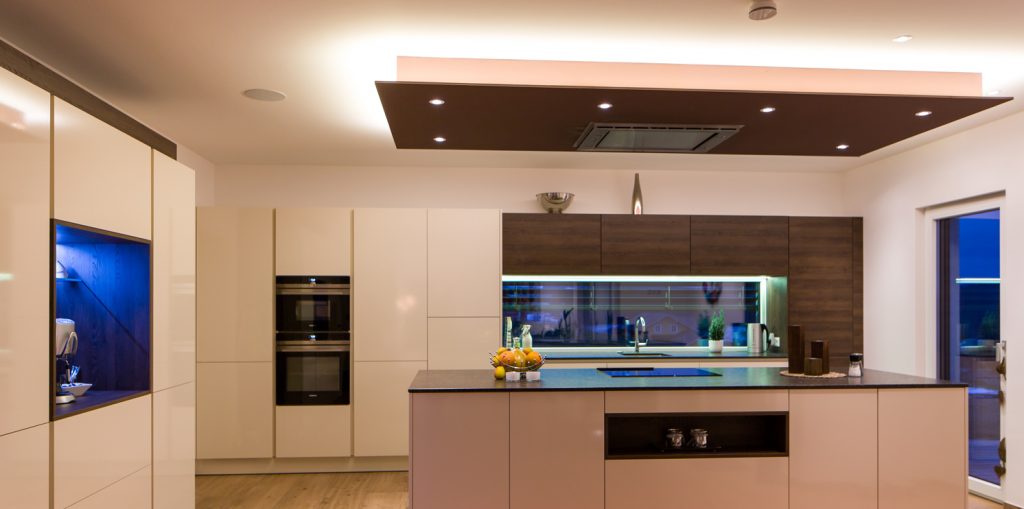
Meet building requirements with Title 24 compliance
If you’re in the state of California, the next cycle of Title 24 updates coming in 2022 means more to you than… let’s say Texas or Alabama. So if you’re in one of the other 49 states wondering why this matters, it all comes down to efforts to aid in energy conservation.
What’s the deal with Title 24?
In the state of California, Title 24 (The California Building Energy Efficiency Standards), is a building code with regulations put in place to reduce energy consumption in new construction. The code was first implemented in 1978, during the wake of environmentalism, and is now updated every three years as technology advances and environmental consciousness grows. The next cycle begins in 2022, with implementation beginning January 1, 2023.
This focus on energy control and green building can be addressed with the proper lighting controls, fan control, or even HVAC dampers for zoned climate control – all are done by Loxone to the standards of Title 24. Going green comes naturally.
Updates coming in 2022 can be addressed by automation
Horticulture
New measures will be put into place for farmers and growers to save more energy and water. Requirements will be updated for cannabis, microgreens, tomatoes, lettuce, basil, vegetable transplants and roses.
Automated irrigation will play a key role in producing the highest quality plants while conserving water and energy to meet Title 24 standards. This is achieved through intelligent use of weather data and precise scheduling.
Non-residential lighting control
Depending on the size of an office or commercial building, one or more occupancy sensors will be required to trigger lights on or off. For example, if an employee leaves his or her desk, the lights will turn off to save energy. Or if an employee works overtime, it may then be necessary to manually override the lighting control, which would be set to shut off lights after hours.
The most effective sensor to meet and exceed these requirements will detect not only motion, but also sound and brightness levels. Occupancy becomes more accurate with detection of sound in addition to motion. Also, a built-in brightness sensor will determine if enough natural light fills a room. If there is enough, the lights will remain off.
Non-residential refrigeration system
Requirements will improve energy performance and reduce greenhouse gas emissions from refrigeration systems in warehouses, commercial kitchens and buildings.
Automation with temperature sensors that can withstand a wide range of temperatures and environments will make this transition easier.
Non-residential computer room efficiency
Computer rooms with high loads (over 20 Watts per square foot) will have additional requirements to conserve energy.
View all updates coming in 2022 (permitadvisors.com).
Title 24 Lighting Standards since 2019
View Title 24 compliant lighting fixtures.
Lighting control
What good are energy efficient lights if you leave them on all the time… Cue the flashbacks, but it’s true, a total waste. To combat this wasteful practice, these new building standards not only require high-efficacy lights, but they also call for lighting controls consisting of sensors and dimmers.
Title 24 LED Lights
All lights must be efficient enough to meet the standards. Recessed downlight luminaires and enclosed luminaires must contain a lamp that is certified to meet with Joint Appendix (JA8), in other words, for the Qualification Requirements for High Efficacy Light Sources.
For example, Pendulums and LED Spots meet and exceed the minimum Title 24 light requirements. Both lights are JA8-compliant, fully dimmable, and offer a color rendering index of 90+ (CRI 90).
Sensors and dimmers
Depending on the room, a vacancy sensor, a dimmer, or both, must be used in the space.
Title 24 lighting control requirements are as follows:
Kitchen – Vacancy sensor or dimmers
Living room -Vacancy sensor or dimmers
Garage, laundry and utility room -Vacancy sensor must control a minimum of one light
Bathroom -Vacancy sensor must control a minimum of one light
Vacancy Sensor vs. Occupancy Sensor
What’s the difference between a vacancy sensor and an occupancy sensor? A vacancy sensor requires you to get out of your seat and manually turn the light on, but will turn the light off automatically once the room is left vacant. An occupancy sensor, on the other hand, will turn the light on automatically when you enter the room and also turn off the light automatically once you leave the room.
While Title 24, at a minimum, requires the use of a vacancy sensor, you can really make the most out of a next-level occupancy sensor that accounts for more. For example, the Loxone Presence Sensor will detect the room for motion, sound and brightness levels. So presence is properly accounted for in all forms and natural light can fill the space without needing the light to turn on. All-around, you get more efficient use and savings out of each room.
Get ahead on Title 24
Get in touch with us for a free consultation and explore more about lighting control in your free time.

